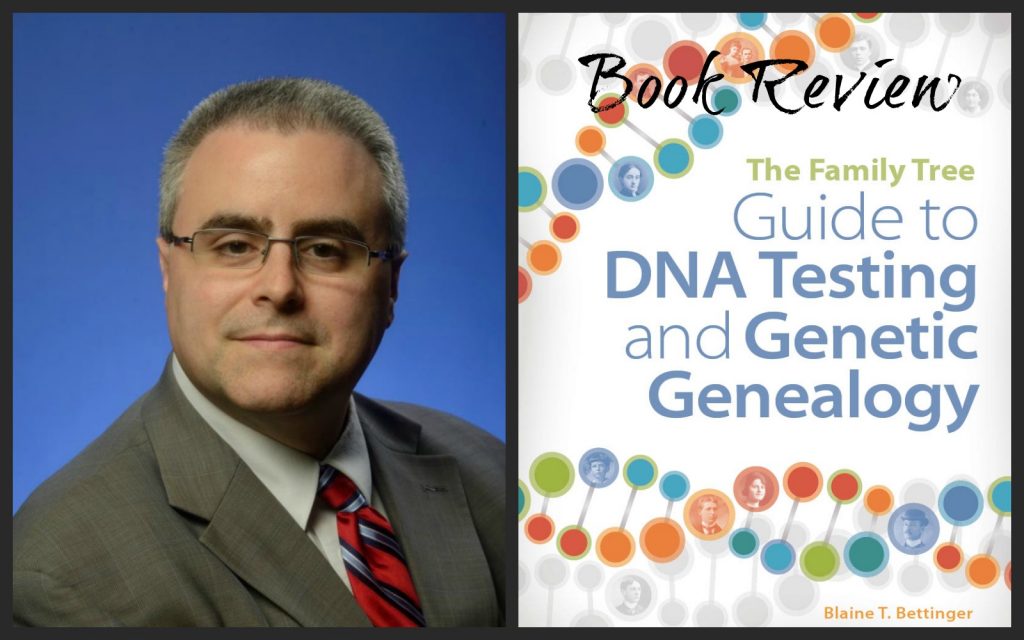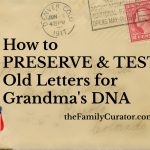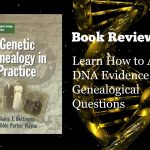My 77-year-old mother was fascinated by the notion that a simple cheek swab could identify the red-head gene as easily as it could reveal long-lost cousins and confirm sibling relationships.
It wasn’t hard to ask Mom if she wanted to give a sample for an autosomal DNA test. The harder task was knowing that she likely wouldn’t be alive when the results were returned.
“Dear Cousin”
“I’m so sorry,” I wrote to many matches about six weeks after Mom’s death in 2010, “but this test is for my mother who recently passed away, and I don’t have any information to share with you right now.”
Maybe you’ve received a similar email in response to your own email to a genetic match. To be truthful, I couldn’t have worked on finding our Most Recent Common Ancestor even if I wanted to. I didn’t have the skill set nor the heart to work on my genetic genealogy.
Eventually, many of Mom’s matches often wrote again (mostly forgetting our earlier email exchange) and I began investigating my maternal genetic heritage. I only wish I’d been able to learn the foundations of DNA testing and how to apply my results in a guide like Blaine Bettinger’s Family Tree Guide to DNA Testing and Genetic Genealogy, Second Edition (FamilyTree Books, 2019).
DNA for English Majors
Anyone looking for a basic education in using DNA to better understand family genealogy will find a readable, comprehensive guidebook in Bettinger’s new book. And any genealogist wanting to know how to use DNA testing to further extend pedigree lines, confirm kinship, or solve common surname brick-wall problems will find extensive examples, worksheets, and resources.
I confess, I’m not a “science” person. Numbers, percentages, and decimal points give me the chills. Thankfully, Family Tree Guide to DNA Testing and Genetic Genealogy, Second Edition makes sense to me, logically introducing DNA basics and debunking eleven myths about DNA testing — what it can, and cannot accomplish.
The author then goes on to introduce ethical considerations which deserve to be carefully considered before testing. As more genealogists, and their family members, jump on the DNA testing bandwagon, more people are discovering shocking surprises when test results don’t align with paper records or family lore. Responsible genealogists and caring family members need to understand how DNA can shake family trees, so they can inform test subjects of the potential for learning unexpected information.
What Test Should I Take?
Once you’re convinced of the usefulness in adding DNA to your genealogy toolkit, in Part Two: Selecting a Test, Bettinger presents a clear overview of the four major forms of testing: mitochondrial (mtDNA), Y-chromosomal (Y-DNA), autosomal (atDNA), and X-chromosomal (x-DNA). Colorful diagrams and charts illustrate the author’s discussion of testing companies, tools for analysis, and case studies demonstrating practical uses for each kind of testing.
Since that first autosomal test for my mom, I’ve attended many lectures and listened to dozens of webinars on DNA, but I’ve struggled with simple explanations to share with family members. The Guide to DNA Testing and Genetic Genealogy has been especially helpful in talking with others and sharing results.
I Have My Results, Now What?
For many of us, this the big question? Testing is only the first step of a slippery slope that leads to daily, ok hourly, check-ins. Are my results back yet? Do I have any new matches? Has that match replied to my contact email, yet? WHY hasn’t that second cousin match relied, YET?
Genealogists who have already taken a DNA test will find thorough discussions for specific DNA applications in Part Three: Analyzing and Applying Test Results. Bettinger explains the benefits of using third-party autosomal analysis tools such as GED-Match and DNA-Gedcom to help cope with the sheer volume of match data, and discusses the slippery slope of ethnicity estimates produced by the major testing companies.
The final chapters on advanced applications, DNA testing for adoptees, and the future of genetic genealogy present further techniques and inspiration.
The Family Tree Guide to DNA Testing and Genetic Genealogy is a clear and helpful manual for any genealogist looking to learn more about using DNA with their genealogy research. Author Blaine Bettinger likes to call himself, “an attorney by day and genetic genealogist by night,” but it’s obvious he is a skilled writer and educator as well. In The Family Tree Guide to DNA Testing and Genetic Genealogy, Bettinger breaks down a complex scientific subject to clearly and effectively make the case that DNA testing is a valuable resource genealogists should not ignore, and shares his insight to help us use this revolutionary new tool.
About the Author: Blaine Bettinger, Ph.D. (biochemistry), J.D., is an intellectual property attorney in Syracuse, New York and national instructor in genetic genealogy and personal genomics. He is the creator of The Genetic Genealogist blog and co-author with Debbie Parker Wayne of Genetic Genealogy in Practice (National Genealogical Society, 2016).
The Family Tree Guide to DNA Testing and Genetic Genealogy is available from Amazon.com.
Full Disclosure: I was provided with an advance review copy of The Family Tree Guide to DNA Testing and Genetic Genealogy, but like the book so much that I purchased my own print copy. Please see my Disclosure statement for further information.






